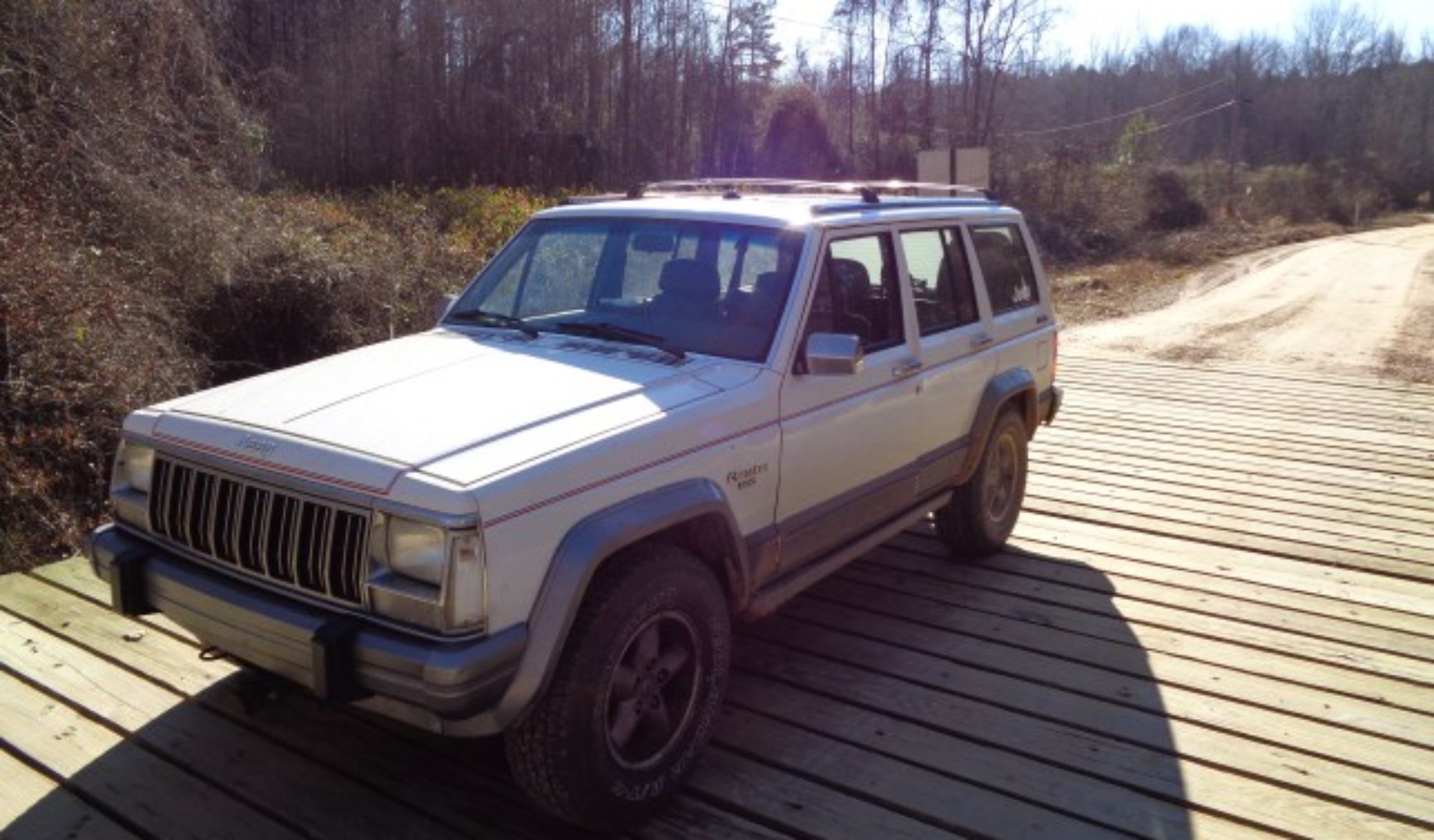Saving on Propane costs
I recently noticed that our propane costs have gone up a huge amount. I know the cost of propane has increased, but our usage is up as well. We use propane only for the stove and the water heater so we really should not use very much propane at all. In fact over the 15 plus years we have lived in this house I have pretty much ignored the propane bills and just let the truck driver stay on top of keeping my tank filled.
However I am paying the price for my inattention right now.
I started by setting back the thermostat on the hot water heater. There is no use heating the utility room any more than necessary. The clothes dryer does a good enough job with that.
Next I started checking for leaks. I mixed up a batch of soap and water and put it in spray bottle. I went around outside spraying joints. I started at the tank and worked my way back to the house. I checked the regulator vent as well because a broken diaphragm could be a big leak.
I finally found a joint that bubbled where the line entered the house for the stove. It had been repaired a few years ago and one of the fittings made a few bubbles. Snugging up the nut made the bubbles quit.
Next I checked around the hot water heater. It was relocated a couple of years ago when the floor was redone. Sure enough there was a leak where the copper pipe joined the shut off valve. I had to tighten the nut twice to get it to completely stop.
I had thought the smell around the hot water heater was just the kitty litter box but I guess it was the mercaptane in the propane after all. A couple of hours after I tightened the fitting, the air was much fresher smelling in the laundry room. I hope this will also translate in to lower propane bills as well.
